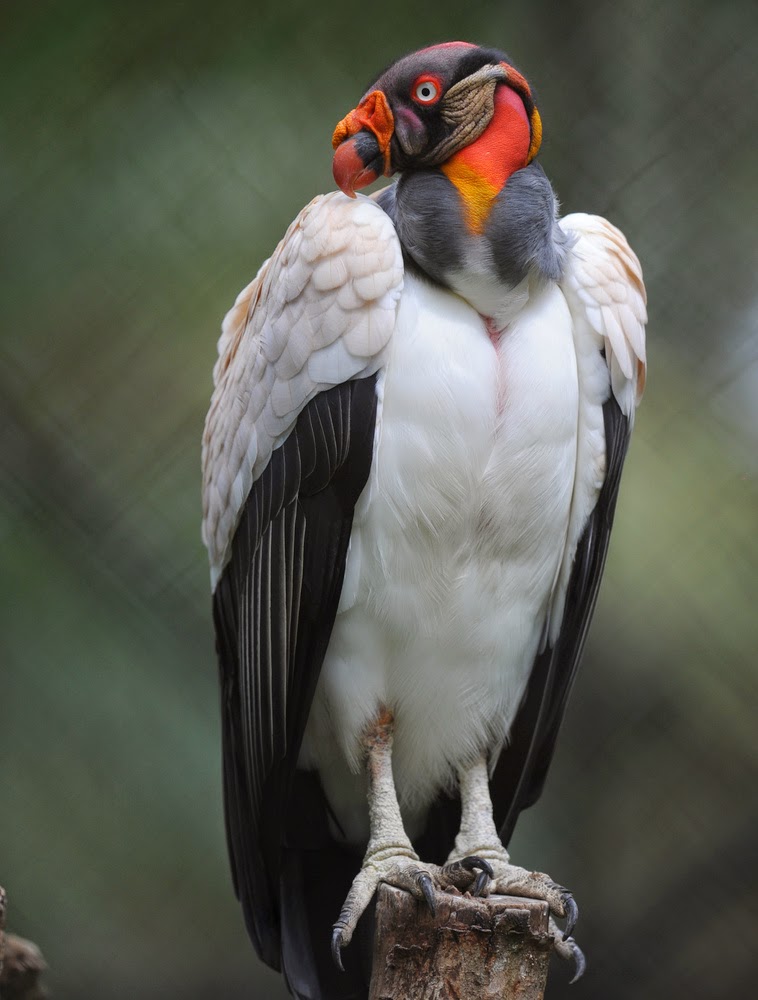Jumping spiders are among the easiest to distinguish from similar spider families because of the shape of the cephalothorax and their eye patterns. The families closest to Salticidae in general appearance are the Corinnidae (distinguished also by prominent spines on the back four legs), the Oxyopidae (the lynx spiders, distinguished by very prominent spines on all legs), and the Thomisidae (the crab spiders, distinguished by their front four legs, which are very long and powerful). None of these families however, has eyes that resemble those of the Salticidae. Conversely, the legs of jumping spiders are not covered with any very prominent spines. Their front four legs generally are larger than the hind four, but not as dramatically so as those of the crab spiders, nor are they held in the outstretched-arms attitude characteristic of the Thomisidae In spite of the length of their front legs, Salticidae depend on their rear legs for jumping. The generally larger front legs are used partly to assist in grasping prey, and in some species, the front legs and pedipalps are used in species-recognition signalling.
Las
arañas saltadoras se encuentran entre los más fáciles de distinguir de
las familias de arañas similares debido a la forma de la cephalothorax y
sus patrones de ojo. Las
familias más cercanos Salticidae en aspecto general son el Corinnidae
(distinguido también por espinas prominentes en la espalda cuatro
patas), el Oxyopidae (las arañas de lince, que se distingue por espinas
muy prominentes en todas las patas), y el Thomisidae (las arañas
cangrejo, distinguido por sus cuatro patas delanteras, que son muy largas y fuertes). Ninguna de estas familias, sin embargo, tiene ojos que se asemejan a los de la Salticidae. Por el contrario, las patas de arañas saltadoras no están cubiertos con cualquier espinas muy prominentes. Sus
cuatro patas delanteras generalmente son más grandes que la cierva
cuatro, pero no tan dramáticamente como los de las arañas de cangrejo,
ni son a cabo en el extendidos brazos actitud característica de la
Thomisidae A pesar de la longitud de sus patas delanteras, Salticidae
dependen sobre sus patas traseras para saltar. Las
patas delanteras generalmente más grandes se utilizan en parte para
ayudar en comprender la presa, y en algunas especies, las patas
delanteras y pedipalpos se utilizan en la señalización de las especies
de reconocimiento.
Jumping spiders use their vision in complex visual courtship displays. Males are often quite different in appearance from females, and may have plumose hairs, colored or iridescent hairs, front leg fringes, structures on other legs, and other, often bizarre, modifications. These are used in visual courtship in which the colored or iridescent parts of the body are displayed and complex sideling, vibrational, or zigzag movements are performed in a courtship "dance". If the female is receptive to the male, she will assume a passive, crouching position. In some species, the female may also vibrate her palps or abdomen. The male will then extend his front legs towards the female to touch her. If the female remains receptive, the male will climb on the female's back and inseminate her with his palps.
Las arañas saltadoras utilizan su visión en complejos de cortejo visuales. Los machos son a menudo muy diferentes en apariencia de las mujeres, y pueden tener pelos plumosas, pelos de colores o iridiscentes, los flecos de las patas delanteras, las estructuras en otras piernas, y otra, a menudo extraño, modificaciones. Estos se utilizan en el cortejo visual en el que se muestran las partes coloreadas o iridiscentes del cuerpo y Sideling complejo, vibracional, o movimientos en zigzag se realizan en un "baile" de cortejo. Si la hembra es receptiva al macho, que asumirá una posición en cuclillas pasiva. En algunas especies, la hembra también puede vibrar sus palpos o el abdomen. El macho luego extender sus patas delanteras hacia la hembra de tocarla. Si la hembra permanece receptiva, el macho subir en la espalda de la hembra y inseminar a ella con sus palpos.
The hunting behaviour of the Salticidae is confusingly varied compared to that of most spiders in other families. Salticids hunt diurnally as a rule, which is consistent with their highly developed visual system. When it detects potential prey, a jumping spider typically begins orienting itself by swivelling its cephalothorax to bring the anterior median eyes to bear. It then moves its abdomen into line with its cephalothorax. After that, it might spend some time inspecting the object of its attention and determining whether a camouflaged or doubtful item of prey is promising, before it starts to stalk slowly forward. When close enough, the spider pauses to attach a dragline, then springs onto the prey.
El comportamiento de caza de la Salticidae es confusamente variada en comparación con la de la mayoría de las arañas en otras familias. Salticids cazan diurna como regla general, que es consistente con su sistema visual altamente desarrollada. Cuando detecta una presa potencial, una araña de salto comienza típicamente orientándose girando su cefalotórax traer los ojos media anterior de soportar. Entonces se mueve su abdomen en línea con su cefalotórax. Después de eso, puede pasar algún tiempo de inspeccionar el objeto de su atención y determinar si un elemento camuflado o dudoso de presa es prometedor, antes de que comience a acechar lentamente hacia adelante. Cuando lo suficientemente cerca, la araña se detiene para conectar un cable de arrastre, entonces surge sobre la presa.























.jpg)
